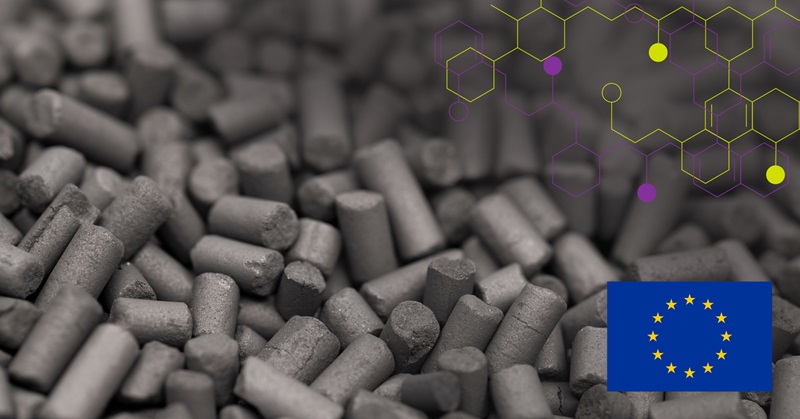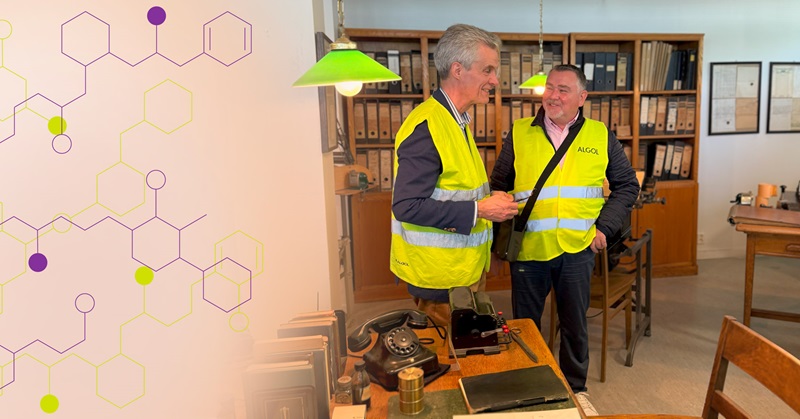Sustainability of textiles
The textile industry is the world’s oldest branch of consumer goods manufacturing. It is a diverse and heterogeneous sector which covers the entire production chain of transforming natural and chemical fibres (such as cotton, wool, and oil) into end-user goods, including garments, household goods, and industrial textiles.
In terms of intensity of trade, textile and clothing is the world’s second-biggest economic activity ($439.1 billion in February 2018) and account for 5% (2016) of world exports. Despite a large part of textile manufacturing has shifted from Europe to Asia, the textile sector remains an important part of the European manufacturing industry. According to the latest structural data available, in 2013 there were 185,000 companies employing 1.7 million people and with a turnover of €166 billion. The textile and clothing sector accounts for 3% of total manufacturing value added and a 6% share of employment in total manufacturing in Europe.
Textiles are heavily intertwined with environmental, social and governance issues. In the past, efforts of producers and retailers have primarily focused on improving the social aspects of textiles e.g. establishing fair working conditions, setting social standards, establishing minimum wages, ensuring occupational safety, imposing a ban on child and forced labour, etc.
Over the years, however, there has been growing concern about the environmental impacts of textiles. According to the EIPRO study, clothing alone is responsible for 2 to 10 % of the EU’s lifecycle environmental impacts. This results in textiles coming fourth in the ranking of product category which cause the greatest environmental impact, just after food & drinks, transport and housing. The precise environmental impact of textiles varies significantly depending on the type of fibre the garment is made from. However, generally speaking they include:
energy use, greenhouse gas (GHG) emissions, nutrients releases (leading to eutrophication) and ecotoxicity from washing (water heating and detergents) and dying of textiles; energy use, resource depletion and GHG emissions from processing fossil fuels into synthetic fibres, e.g. polyester or nylon; significant water use, toxicity from fertiliser, pesticide and herbicide use, energy use and GHG emissions associated with fertiliser generation and irrigation systems related to production of fibre crops, e.g. cotton; water use, toxicity, hazardous waste and effluent associated with the production stage, including pre-treatment chemicals, dyes and finishes.
All actors along the supply chain have a role to play in reducing the environmental footprint of textile products. First of all producers, as considerable impacts might be generated during the fibre production, dying, printing and finishing; but also consumers as considerable environmental impacts occur during the use phase. For example, most of the energy used in the life-cycle of a cotton T-shirt is related to post-purchasing washing and drying at high temperatures. It is also estimated that consumers, in the EU throw away as much as 6,4 million tonnes of textiles every year . Against this background, many voluntary initiatives to reduce the environmental footprint of textiles, especially for cotton and polyester, have been developed or are in the pipeline. The uptake by retailers of the various initiatives in this domaine are high. The “march” towards more sustainable textiles is well underway.
Archroma, Algol Chemicals’ supplier of textile performance enhancers and colors, has developed their own programme called ONE WAY to help mills and brand owners to develop innovative textile solutions that are both more ecologically and economically sustainable. Archroma’s ultimate aim is to provide a fast, measurable and reliable approach to the selection of chemical products and process solutions. ONE WAY methodology takes a highly systematic approach to the selection of chemicals and production processes.


